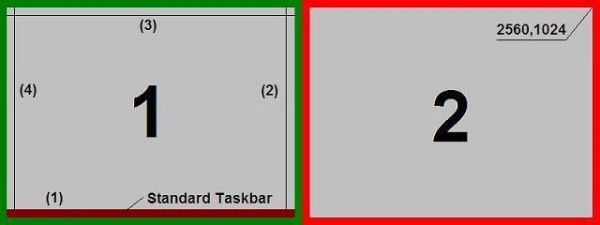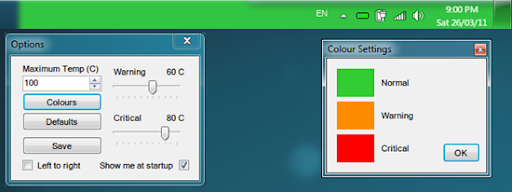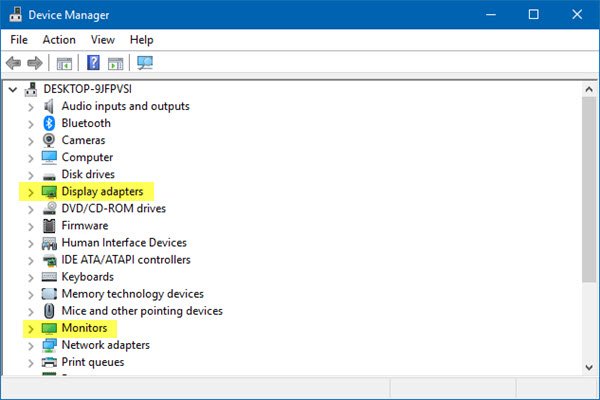
You can show the icon as text or a bar graph, but I highly You’ll first need to click on which graph you’re interested in displaying in You can have multiple of these graphs enabled at a time, all of the settingsīelow this heading are unique to the currently selected graph. These include, but are not limited to, your GPU’s temperature, usage,Ĭore clock, memory clock, power, and fan speed. Heading, you’ll see a long, scrolling list of graphs that MSI Afterburner


We’ll just be using MSI Afterburner as a way to show certain system statistics Rather than tinkering with your hardware and risk voiding the warranty, Overclocking can be scary and dangerous, and that’s not what this article isĪbout. It allows you to fine-tune how your graphics card and fans operate and is functional with all graphics card brands.
#WINDOWS TOOL BAR MEMORY MONITOR SOFTWARE#
MSI Afterburner is the web’s top Windows software when it comes to overclocking your graphics card.

Using MSI Afterburner, you can do just that. Perfect place to watch the important numbers under the hood of your system. Tray provides space for icons that can change dynamically, making it the You’re a Windows user, there’s a solution: the system tray. Space of a monitor to a bulky widget containing these statistics? Or GPU, but who wants to constantly check a separate window or dedicate large Maybe you want to check on the system's RAM or CPU usage, or check the "hunger" of specific games or applications.Are a lot of different types of software that you can use to monitor your CPU The performance widget of the Xbox Game Bar application is handy in certain cases. Our colleagues over at Deskmodder note that you can place the widget on the Windows taskbar using the method. You need to use the keyboard shortcut Windows-G and select Performance in each new session to restore the display of the widget on the screen. The widget is displayed for the duration of the session only. Note that you can't move the widget around when the app is minimized. The option is available while the rest of the Xbox Game Bar app is not visible. Note that you can hide the graph in the widget by hovering over it and clicking on the up and down arrow icon that is displayed. You may use the preferences to change the position of the graph, to hide certain metrics that you don't require, and to change the accent color and transparency. Open the Xbox Game Bar app using the shortcut again and select the preferences icon in the title of the widget that you want to display all the time. Some options are available to change the display. The panel remains visible on the screen in that case, so that you see the performance stats in realtime all the time. All it takes for that is to activate the pin icon of the panel, in this case of the performance panel that displays CPU, GPU and RAM readings. There is however an option to pin certain widgets so that they become visible all the time.

The overlay is closed automatically when you click elsewhere or switch to other applications or programs. While that is handy already, it is only visible on the screen temporarily. Select performance and you see the device's CPU, GPU and RAM usage in realtime on the screen. Use the keyboard shortcut Windows-G to display its overlay.
#WINDOWS TOOL BAR MEMORY MONITOR WINDOWS 10#
Windows 10 and 11 systems come with the Xbox Game Bar application installed. Windows includes a native option to display certain usage metrics, but most users have not heard of the option probable.


 0 kommentar(er)
0 kommentar(er)
